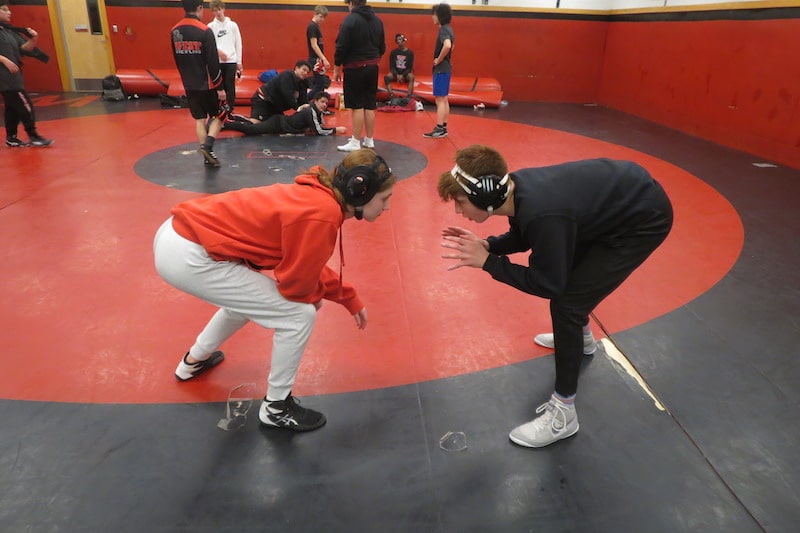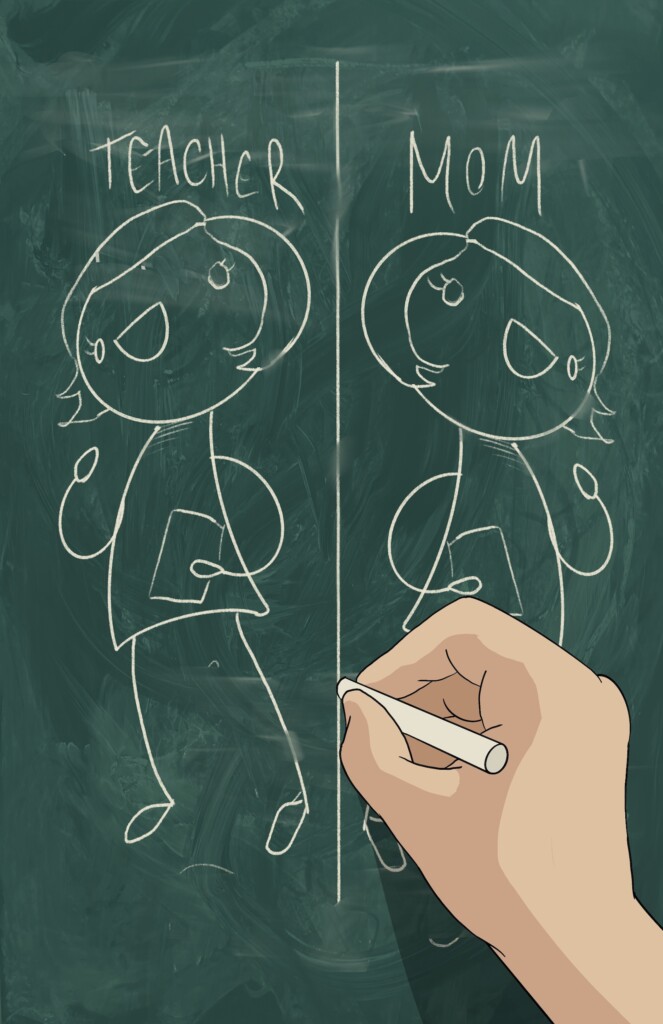
Progressive wrestling goes to the mat
As a West High School wrestling coach, I coached female wrestlers on its mostly male teams for decades. Early on, I concluded that there were really no concerns about mixing the sexes on the mat. Wrestling was wrestling, and all participants wanted to gain something from the toughest high school sport in America.
In my first article ever published, titled “Girls Wrestling the Boys”, I attempted to promote female wrestlers joining male teams, especially here in conservative Utah. It was published on a then-new Internet. My rationale was that if enough girls could join primarily boys’ teams, they could finally spin off to form their own all-female high school teams to compete in their own state championships. Progressive California and conservative Texas had already done so.
After graduating from West as a wrestler, I joined the Utah State University Wrestling Team for four years. This helped fund my college education through a small athletic scholarship. Shortly after graduating, the federal Title Nine act mandated equality between men’s and women’s sports. This devastated longtime male wrestling programs in most of America’s universities, including USU. It was far easier to simply eliminate men’s sports such as wrestling instead of adding women’s sports.
At the same time, huge sums of money coming from men’s college football and basketball were generating plenty of finances to add new sports instead of eliminating them. But there were no more scholarships available for athletes who had worked hard for many years
Growing up as a truly tiny person, the smallest wrestler on USU’s wrestling team, I found that I could relate to the competitive challenges that confronted females in what had largely been a testosterone-based sport. After lettering in wrestling at USU, I started coaching high school wrestling, mostly to help those who were not naturally endowed with classic wrestling skills and body builds.
For decades I conducted a wrestling practice coined “slime practice” to promote techniques whereby any wrestler (including girls) could attain some level of success.
When I finally retired from coaching at West, I went to the ‘dark side’ and became a wrestling referee. Several years ago I was privileged to referee what could be referred to as Utah’s first real all-female high school wrestling dual meet. Both schools, West Lake and Cyprus, had most of the weight classes filled. Both were female-coached, one by a woman whom I had coached at West High years ago.
It was a competitive dual right down to the final match! There are more all-girl teams forming in Utah, and their members will impress you with their quickness, flexibility and determination to win.
When I asked West High wrestler, Mattie Nielsen, and her female teammates what winning against a boy meant to them, they said, “it would be great!” But when I asked her brother, with whom she had wrestled most of her life, what he thought about wrestling girls, he and his male teammates all said that it was a “lose/lose” scenario. If they beat a girl, “they were only beating a girl.” If they lost to a girl, that was obviously worse because “they had been beaten by a girl.”
On the positive side, coaching girls to beat boys obviously attracts more females to a team that needs more female athletes to finally allow for separating the sexes on the practice mat. That is why I plan to conduct a girl’s wrestling clinic titled “Girls Beating the Boys” at West High this May. This year, I refereed as many female wrestling matches as males. It will not be long before female wrestling finds its way onto university campuses to finally justify the resurgence of men’s wrestling that Title Nine had eliminated years ago.
Years ago, Jennifer Taggart came out to wrestle as a senior on the largest, most competitive team West High ever fielded. She rarely missed our grueling practices, but only scored one point wrestling boys in her final year of high school. When I asked her why on earth she had joined the wrestling team that year, she responded, “I just wanted to push myself as far as I could!” That pretty much sums up the reason any wrestler (male or female) joins any wrestling team. Anyone can participate in wrestling for their own benefit.
RELATED ARTICLES
The Equality Act and Women’s Athletics in Utah
Should Utah Allow Transgender Girls – Biological Boys Compete in Sports against Biological Girls?
Are Sports More Important than Safety?
Subscribe to Utah Stories weekly newsletter and get our stories directly to your inbox





